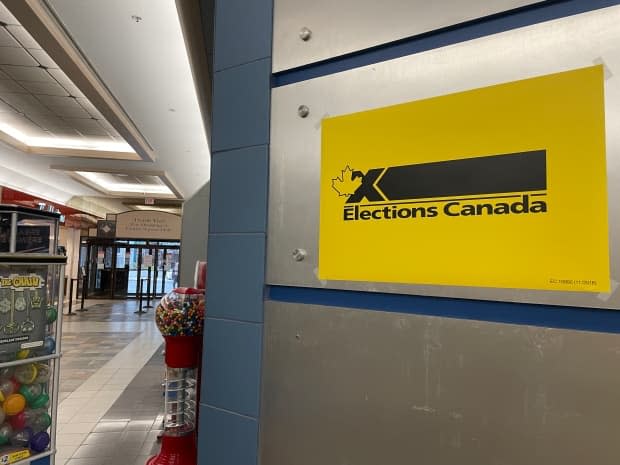What northerners need to know about the federal election

It's time for northerners — and the rest of Canada — to cast their ballot in the federal election.
Voters can expect extra precautions at the polls because of COVID-19, including hand sanitizing stations and clear markers to help people maintain two metres from each other.
Elections Canada is asking people to wear masks to their polling station, and says there will only be one poll worker per desk behind a plexiglass barrier. Voters will be provided with a single-use pencil to mark their ballot, but are also allowed to bring their own pen or pencil.
Any Canadian voter who is required to self-isolate because of a positive COVID-19 test or close contact with someone who has tested positive, in accordance with their provincial or territorial rules, will have no way to cast a ballot on Sept. 20.
How to vote
In order to vote in the election, you must be a Canadian citizen who is at least 18 years old.
To figure out which polling station to go to, visit the Elections Canada website and input your address.
Some polling locations in Yellowknife have been changed because of an outbreak of COVID-19 in the city. You can find a list of those changes here.
Stations all across Canada will be open for 12 hours, with staggered start times so that the majority of results will be available at approximately the same time. In the N.W.T., stations are open from 7:30 a.m. to 7:30 p.m. MT and in Yukon, stations are open from 7 a.m. to 7 p.m PT. Nunavut, which spans more than one time zone, has its polling stations open from 9:30 a.m. to 9:30 p.m. ET.
There are three different options voters can use to prove their identity and address. The first option is bringing a single piece of government-issued photo ID, like a driver's licence. The second involves bringing two pieces of ID: one with your address, and both with your name. The third option is to have someone vouch for you.
CBC North's election coverage
CBC North has been covering the federal election in the Northwest Territories, Yukon and Nunavut for weeks. We've compiled a list of our coverage in each territory:
Get live federal election results and analysis on Sept. 20 with CBCNews.ca, CBC TV, Gem and CBC Radio. Find full details on how to watch, listen and read here.

